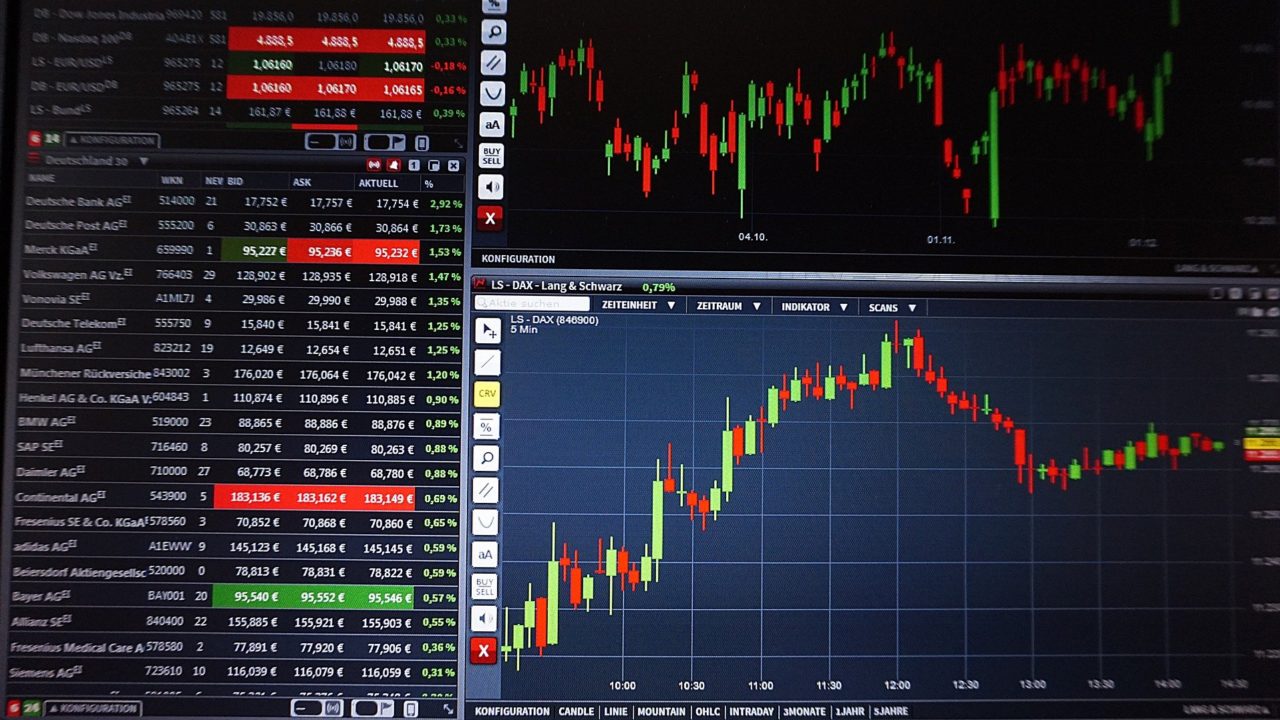BHP confirms the unification of its dual listing structure
After confirming last week that it would combine its oil and gas assets with Woodside Petroleum (ASX: WPL), the Big Australian also confirmed that it would proceed with simplifying its corporate structure or “unification”.
As a result of the BHP and Biliton merger in 2001, BHP currently operates under a dual-listed structure. This means there are two parent companies: BHP Group Limited (“Limited”), which is listed on the ASX, and BHP Group Plc (“Plc”), which is listed in London, with separate share registers. However, there is a common board and management and the group operates as a unified economic entity, with shareholders having the same economic and voting rights.
After considering unification for many years, the company has decided to proceed now that the costs of unification have fallen dramatically recently. To achieve unification, Limited will effectively buy Plc shares to make Limited the parent entity of the combined group. It will have its primary listing on the ASX with additional listings in London, Johannesburg and New York.

Source: BHP
This will purely be a technical change and won’t affect shareholders’ economic rights and entitlement to dividends.
As a result, in addition to the simplified legal and regulatory structure, there will now only be one share price. Previously, Limited shares tended to trade at a premium to Plc shares due to shareholders in the former being entitled to utilise franking credits attached to their dividends, while shareholders in the London listed entity were unable to use these credits.
Even better, given Limited had to pay increasing dividends to Plc in recent years to ensure all BHP shareholders received the same dividends even though the earnings of Plc had reduced dramatically as a proportion of the combined group’s total earnings, franking credits attached to these dividends will no longer be wasted.

Source: BHP
If approved by shareholders, unification will occur in early calendar 2022.
Sale of oil and gas assets
As noted above, last month BHP also confirmed that it will sell its oil and gas assets to Woodside in exchange for a 48% shareholding in the group, which BHP will immediately distribute to its shareholders.
While the disposal of its oil and gas assets is clearly being driven by ESG reasons and pressure from activists to remove its exposure to fossil fuels, I don’t think the sale to Woodside is a good idea.
Due to years of low prices and, more recently, pressure from ESG activists and from banks reluctant to finance fossil fuel companies, the majors haven’t been replacing their reserves.
Combined with oil demand recovering from the plunge caused by the global pandemic to now be close to pre-COVID levels – and this is with demand for jet fuel still yet to return to pre-COVID levels – this is bullish for oil prices.
With there also being questions over the willingness and ability of OPEC+ to increase supply, I think oil prices are only poised to keep rising and potentially reach US$100 per barrel in due course.
If this occurs, though, BHP shareholders wont benefit unless they elect to keep their Woodside shares once the merger completes.





Comments (115)